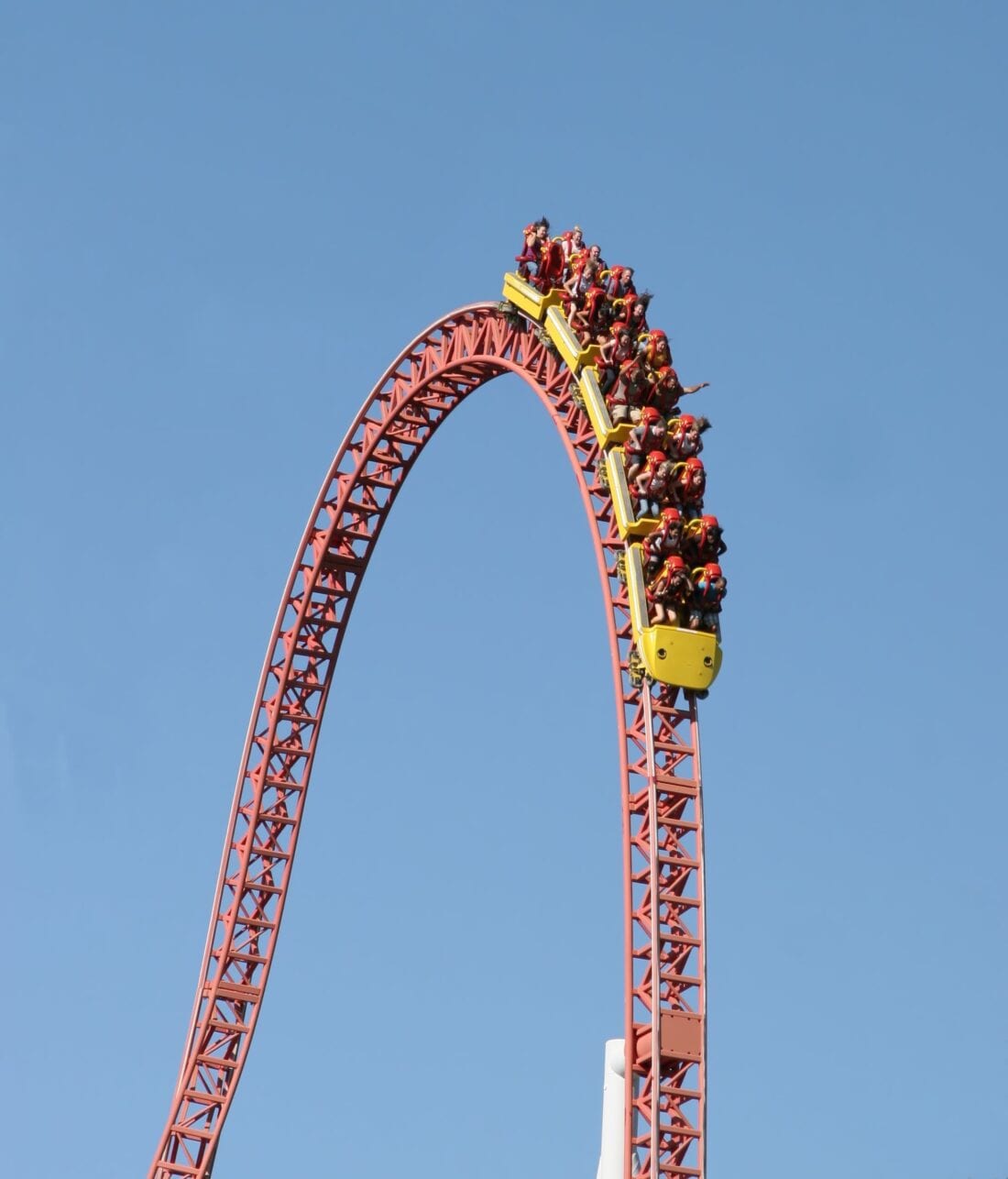Why Are My Velocities So Unstable?
Many new CPG founders are concerned about the highly unstable, week-to-week velocities and month-month sell-in volumes for their product lines. The fear is heightened once you are inside a significant chain. I get it. But here’s the thing. This is completely normal. It’s like your baby teeth. They loosen and fall out, and it’s awkward for a while—the same thing with your sell-through rate.
So, why does this happen?
The primary reason for unstable velocities is 1) a lack of units purchased steadily out of habit in local stores. When a brand is new, most initial purchasing is a trial. And when repeat happens, it tends to occur in a specific subset of stores where enough predisposed shoppers come in routinely. This creates a store velocity gradient that is extreme. The more inappropriate the chain in terms of the density of predisposed shoppers, the more extreme the store velocity gradient will be. And the wilder the fluctuations in week-to-week or quad-to-quad velocities will also be. The minute those predisposed shoppers fall below a certain threshold of shopping frequency at a store, the sales become 100% trial, often flaky.
A second primary reason for unstable velocities is 2) weak memorability of your product. It could be the trademark itself that is hard to remember. It could be because the sensory experience was unremarkable. It could be because you had weakly differentiated product symbolism, and the shopper sees you as one of several identical alternatives on the shelf.
All new brands tend to have weak memorability in the first year at a chain. As repeat consumption builds over time, memorability will increase and drive a greater proportion of unit sales vs. initial trial. It takes time. If your repeat rate hits a premature ceiling (i.e., below 25% annually), you will be subject to the whims of a new brand trial. All I can say is that you’ll be mainly selling based on impulse or random visibility alone. At enough volume with a superb product experience, this can cause a delayed take-off. Or, your velocities, when smoothed, will go nowhere or even fizzle out if you run out of predisposed shoppers.
I highly recommend smoothing out your velocity data when you first receive it, so you can understand if there is any real inclined growth during the course of the prior year. If there is 25% annual growth in store velocities, you are at least building a repeat purchasing base and continuing to garner trial. You don’t want to freak out before you understand where velocities are headed.
If you’d like to learn more advanced tricks to further professionalize your management of growth, please take my Founder’s Quiz and you’ll not only receive an initial diagnosis of your team’s situation, you’ll also become part of my VIP founder community. This means you’ll receive monthly white papers as well as special e-mails twice a month designed to keep you and your team focused on Riding the Ramp.
If this post intrigues you, you will find loads of free content elsewhere on my Founder Resources page. I hope you enjoy the material.
